Let's take a walk down memory lane together and revisit our top 3 YouTube videos! Can you guess which ones are on the list?
Through Onocoy, you can earn crypto rewards by operating your own base station with our mosaic-x5. Learn how here!
Connect anything and everything with WiFi and Bluetooth, from simple sensors to AI-powered projects. Take a look below at all of the EspressIf options SparkFun provides.
Witness the trials and insights gained from attempting to create a product entirely with AI, from design through product video.
Recently, we released the RTK Torch, which boasts tilt compensation as one of its surveying capabilities. If you were wondering what that means, we have a video explanation and full walkthrough on how to use it from Nate!
The Digi XBee Sensor Lab demo gets beyond the basics and showcases eight use cases, including connected agriculture, access control, and asset tracking, leveraging Qwiic sensors and Digi Remote Manager.
You’ve put together the XRP and got it moving, now for a servo and sensor challenge! Follow along with the latest video in the XRP series.
In our latest video, we show you different methods on how to achieve millimeter-level accuracy with our lineup of RTK-capable products.
We've just released a guide to connecting to UNAVCO reference stations so you can follow along step-by-step!
Rob's back with his candy throwing robot to show you how the magic works behind the scenes!
Get started with easy data display and visualization with our new Machinechat kits. Simple setup and preprogrammed logging make the startup experience smooth and exciting!
If you're in need of high precision positioning, look no further than utilizing the power of real time kinematics (RTK). We now have a full page of resources for all your RTK questions!
May the 4th be with you! Check out some cool facts about filming The Mandalorian including some hidden SparkFun parts.
Join us on the first Tuesday of the month for a special livestream covering our favorite products that were released in the last month as well as exciting news and developments in the electronics industry.
The ZED-F9T GNSS Timing Breakout is now available along with a new SiK Telemetry Radio!
In lieu of our normal Friday Product Post, we are going to take some time today to take a look back at some of our favorite parts of 2021!



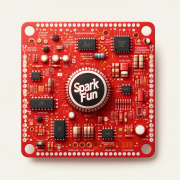
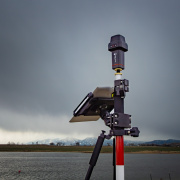
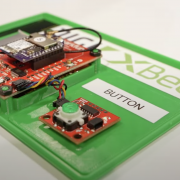
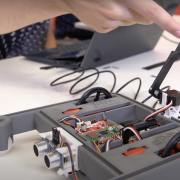
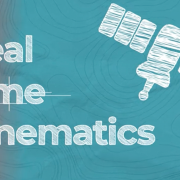
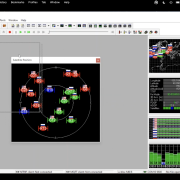
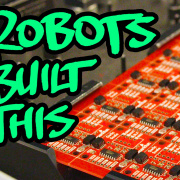
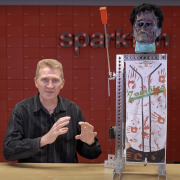
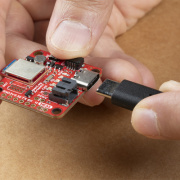
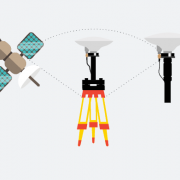


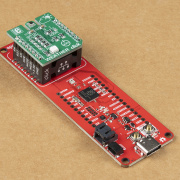

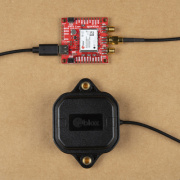
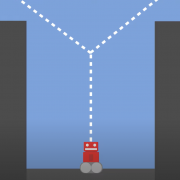

Is this the equivalent of the GNS Electronics NTRIP-X: https://www.gns-electronics.de/product/ntrip-x-basestation-bundle/ Would I need both…